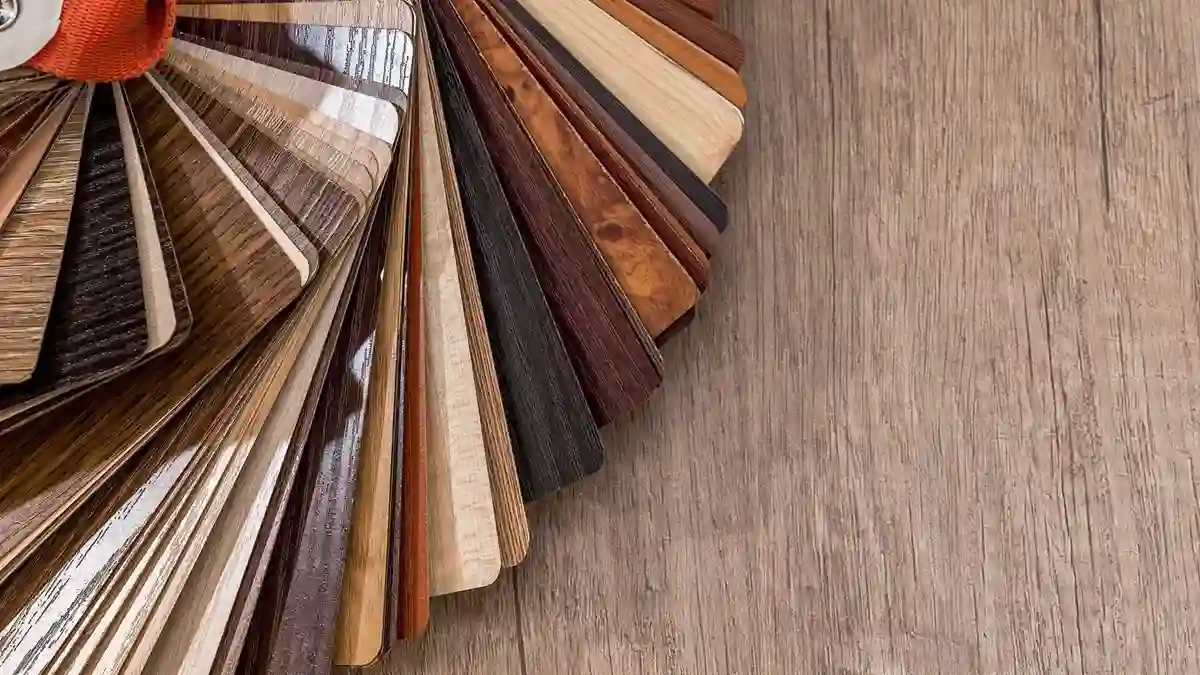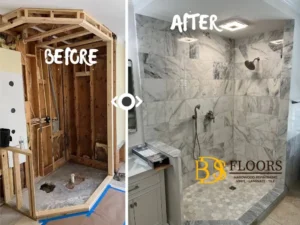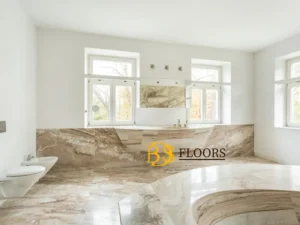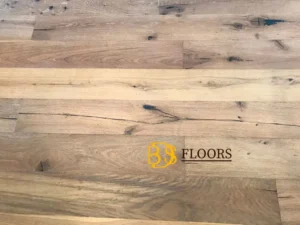A Step-by-Step Guide to Selecting the Perfect Vinyl Flooring for Your Home:
vinyl flooring for your home: Are you looking to transform your home with beautiful, durable, and easy-to-maintain flooring? Look no further than vinyl flooring! In this step-by-step guide, we will help you navigate the world of vinyl flooring to find the perfect fit for your home. Whether you’re decorating a newly built house or planning a renovation project, selecting the right type of vinyl flooring can make all the difference.
With its wide variety of designs, colors, and patterns, vinyl flooring has become a popular choice for homeowners. It offers the perfect blend of style and functionality, providing a cost-effective solution that can mimic the look of natural materials such as wood or stone.
But how do you choose the perfect vinyl flooring for your home? That’s where we come in. In this comprehensive guide, we will walk you through the different types of vinyl flooring, helping you understand their pros and cons, and guide you on how to measure your space, select the right thickness, and choose the best installation method.
Don’t let the abundance of options overwhelm you. By following our step-by-step guide, you’ll be on your way to selecting the perfect vinyl flooring for your home that will enhance the beauty and comfort of your home. Request Your Free Estimate

Benefits of vinyl flooring
vinyl flooring for your home offers a wide range of benefits that make it an attractive option for homeowners. Firstly, it is highly durable and can withstand heavy foot traffic, making it ideal for high-traffic areas such as kitchens, hallways, and living rooms. Vinyl flooring is also resistant to water and stains, making it a great choice for bathrooms and kitchens where spills are common. Additionally, vinyl flooring is easy to clean and maintain, requiring only regular sweeping and occasional mopping. Its low maintenance nature is perfect for busy households or those who want to spend less time on floor care.
Another advantage of vinyl flooring is its versatility in design options. With advancements in technology, vinyl flooring can now mimic the look of natural materials such as wood, stone, or tile, allowing you to achieve the aesthetic you desire without the high cost or maintenance associated with those materials. Vinyl flooring also comes in a wide range of colors, patterns, and textures, giving you the freedom to choose a design that complements your home’s style and decor: vinyl flooring for your home
Lastly, vinyl flooring is a cost-effective option compared to other flooring materials. It offers a great value for money, providing a durable and long-lasting flooring solution at a fraction of the price of hardwood or stone. Whether you’re on a tight budget or looking to save on flooring costs, vinyl flooring is an excellent choice that doesn’t compromise on quality or style.
Types of vinyl flooring
When it comes to vinyl flooring for your home, there are two main types to choose from: sheet vinyl and luxury vinyl tile (LVT). Each type has its own unique characteristics and benefits, so it’s essential to understand the differences between them before making a decision.
Sheet Vinyl: This versatile and budget-friendly option comes in large rolls, providing a seamless installation without gaps or seams. This quality makes sheet vinyl highly resistant to water, making it perfect for moisture-prone areas such as bathrooms and laundry rooms. You can also select from a wide range of designs and patterns, achieving your desired look effortlessly with sheet vinyl.
Luxury Vinyl Tile (LVT): LVT, or luxury vinyl plank (LVP), closely mimics the look and feel of real hardwood or stone. It features individual planks or tiles that can be installed using various methods, including click-lock or glue-down. LVT offers a realistic appearance with unique patterns and textures on each plank or tile. Its durability handles heavy foot traffic, making it suitable for any room in your home. Plus, LVT comes in a wide range of colors and styles, allowing you to achieve your desired aesthetic without the high cost or maintenance associated with natural materials. So, when it’s vinyl flooring for your home, you have the freedom to choose the perfect fit for your needs and style, ensuring a beautiful and practical flooring solution for your home.
Vinyl Flooring for Your Home: Key Factors to Consider
Before diving into the world of vinyl flooring, it’s essential to consider a few factors that will help guide your decision-making process. By assessing your flooring needs and preferences, you’ll be able to narrow down your options and find the perfect vinyl flooring for your home.
1. Assessing Your Flooring Needs and Preferences:
The first step in selecting vinyl flooring is to assess your specific needs and preferences. Consider factors such as the room’s function, the level of foot traffic, and the presence of moisture or humidity. For example, if you’re installing vinyl flooring in a high-traffic area such as the kitchen, you may want to opt for a more durable option like LVT. If you have pets or young children, you may prefer a vinyl flooring that is scratch-resistant and easy to clean. By understanding your unique requirements, you’ll be able to choose a vinyl flooring that meets your specific needs, vinyl flooring for your home
2. Budgeting for Vinyl Flooring:
Another crucial factor to consider is your budget. Vinyl flooring comes in a wide range of price points, so it’s essential to establish a budget before starting your search. Determine how much you’re willing to spend on flooring materials, installation, and any additional accessories or underlayment. Keep in mind that while vinyl flooring is generally more affordable than other flooring options, certain factors such as the type of vinyl, quality, and design can affect the price. By setting a budget, you’ll be able to narrow down your options and find a vinyl flooring that fits your financial constraints.
3. Researching and Comparing Vinyl Flooring Options:
Once you’ve assessed your flooring needs and set a budget, it’s time to start researching and comparing vinyl flooring for your home options. Look for reputable suppliers or retailers that offer a wide range of vinyl flooring choices. Take the time to explore different designs, colors, and patterns to find the one that best suits your aesthetic preferences. Read customer reviews and testimonials to get a sense of the quality and durability of the vinyl flooring options you’re considering. Additionally, consider factors such as warranty coverage, installation requirements, and maintenance recommendations when comparing different vinyl flooring for your home options.
Assessing your flooring needs and preferences
The next step in selecting the perfect vinyl flooring for your home is choosing the right supplier or retailer. A reliable and reputable supplier can make all the difference in ensuring a smooth and successful flooring project. Here are some factors to consider when choosing a vinyl flooring supplier.
1. Reputation and Experience:
When selecting a vinyl flooring supplier, it’s important to consider their reputation and experience in the industry. Look for suppliers with positive reviews and a track record of delivering high-quality products and services. A supplier with years of experience will have the knowledge and expertise to guide you through the selection process and offer valuable advice based on your specific needs and preferences.
2. Product Selection and Variety:
Choose a supplier that offers a wide range of vinyl flooring options. The more choices available, the better chance you have of finding the perfect vinyl flooring for your home. Look for suppliers that carry different types of vinyl flooring, including sheet vinyl and LVT, as well as a variety of designs, colors, and patterns. This will ensure that you have plenty of options to choose from and can find a vinyl flooring for your home that matches your style and aesthetic.
3. Customer Service and Support:
Customer service is an essential aspect of any supplier-customer relationship. Choose a supplier that provides excellent customer service and support. They should be responsive to your inquiries, provide clear and accurate information, and assist you throughout the entire process, from selecting the vinyl flooring for your home to installation and after-sales support. A supplier that values their customers and goes the extra mile to ensure their satisfaction is a supplier you can trust.
Budgeting for vinyl flooring
Once you’ve selected the perfect vinyl flooring for your home, it’s time to start thinking about the installation process. While vinyl flooring is generally easy to install, there are a few considerations to keep in mind to ensure a successful installation.
1. Subfloor Preparation:
Proper subfloor preparation is crucial for a smooth and long-lasting vinyl flooring installation. Ensure that the subfloor is clean, dry, and level before installing the vinyl flooring. Remove any existing flooring, clean the subfloor thoroughly, and repair any cracks or imperfections. If necessary, consider using a self-leveling compound to create a level surface for the vinyl flooring. Free Estimate Here
2. Acclimation and Expansion Gaps:
Before installation, it’s important to allow the vinyl flooring to acclimate to the room’s temperature and humidity. Follow the manufacturer’s instructions for acclimation time, as this will ensure that the vinyl flooring adjusts to the environment and minimizes the risk of expansion or contraction after installation. Additionally, leave appropriate expansion gaps around the perimeter of the room and any fixed objects to accommodate for natural movement and prevent buckling or warping of the vinyl flooring.
3. Installation Method:
Vinyl flooring can be installed using various methods, including glue-down, click-lock, or loose-lay. The installation method will depend on the type of vinyl flooring you’ve chosen and your personal preference. Glue-down installation involves applying adhesive to the subfloor and then pressing the vinyl flooring into place. Click-lock installation, on the other hand, involves interlocking the individual planks or tiles together without the need for adhesive. Loose-lay installation is a floating method that doesn’t require any adhesive or locking mechanism. Consider the pros and cons of each installation method and choose the one that best suits your needs and skill level.
Researching and comparing vinyl flooring options
Vinyl flooring is known for its low maintenance nature, but regular care and maintenance are still essential to keep it looking its best. Here are some tips for maintaining and caring for your vinyl flooring.
1. Regular Cleaning:
To keep your vinyl flooring looking clean and fresh, it’s important to establish a regular cleaning routine. Sweep or vacuum the floor regularly to remove loose dirt and debris. Use a damp mop or microfiber cloth with a mild vinyl floor cleaner to remove any spills or stains. Avoid using abrasive cleaners or scrub brushes, as these can damage the surface of the vinyl flooring.
2. Preventive Measures:
To protect your vinyl flooring from scratches and dents, consider using furniture pads under heavy furniture and avoid dragging or sliding furniture across the floor. Place doormats or rugs at entryways to trap dirt and moisture and prevent them from being tracked onto the vinyl flooring. Additionally, avoid using harsh chemicals or solvents on the vinyl flooring, as these can cause discoloration or damage.
3. Regular Maintenance:
In addition to regular cleaning, it’s important to perform routine maintenance tasks to keep your vinyl flooring in top condition. Check for any signs of wear or damage and address them promptly to prevent further issues. If necessary, apply a vinyl floor polish or protective coating to enhance the shine and durability of the vinyl flooring. Follow the manufacturer’s recommendations for any specific maintenance instructions or products.
By following these maintenance tips and caring for your vinyl flooring properly, you can ensure that it remains beautiful and functional for years to come. Vinyl flooring for your home
In conclusion, vinyl flooring offers a wide range of benefits, making it an excellent choice for any home. By considering factors such as your flooring needs, budget, and researching different vinyl flooring options, you’ll be able to select the perfect vinyl flooring that matches your style and preferences. Choosing a reputable supplier and following proper installation and maintenance guidelines will ensure a successful flooring project that enhances the beauty and comfort of your home. So, go ahead and transform your space with the perfect vinyl flooring, vinyl flooring for your home!
Installation process and considerations
When it comes to selecting the perfect vinyl flooring for your home, it’s essential to research and compare different options available in the market. With so many variations, styles, and features, it can be overwhelming to make a decision. However, by considering a few key factors, you can narrow down your choices and find the best fit for your needs.
Firstly, consider the type of vinyl flooring that suits your lifestyle. Vinyl flooring for your home comes in three main types: sheet vinyl, vinyl plank, and vinyl tile. Sheet vinyl is a continuous roll that provides a seamless look, while vinyl plank and tile offer a more realistic appearance, mimicking the look of hardwood or stone. Each type has its advantages and disadvantages, so it’s crucial to understand them before making a decision.
Secondly, pay attention to the wear layer of vinyl flooring. The wear layer is the topmost protective layer that determines the durability and longevity of the flooring. A thicker wear layer provides better resistance to scratches, stains, and wear over time. Consider your household’s traffic levels and choose a wear layer that can withstand the demands of your daily life.
Lastly, explore the various design options available in vinyl flooring. From wood-look planks to stone-look tiles, there is a wide range of designs, colors, and patterns to choose from. Take into account your home’s interior style and personal preferences to find a vinyl flooring for your home design that complements your overall aesthetic.
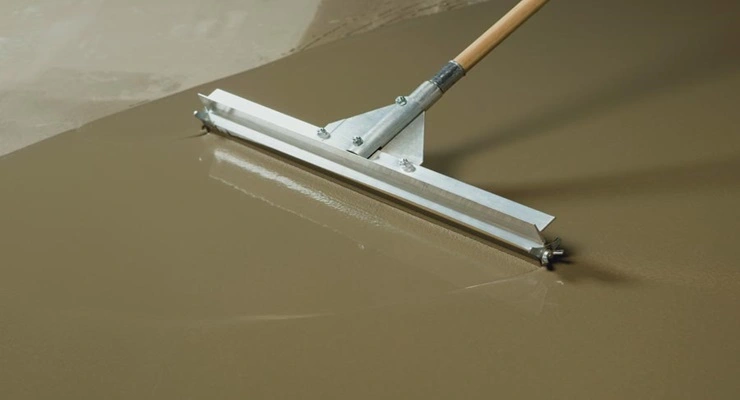
Maintenance and care for vinyl flooring.
Once you have a clear idea of the type of vinyl flooring you want for your home, it’s essential to choose the right supplier. A reputable and reliable supplier can ensure that you get high-quality vinyl flooring that meets your expectations and provides excellent value for your money: vinyl flooring for your home
Start by researching different suppliers in your area or online. Look for suppliers with a strong reputation, positive customer reviews, and a wide selection of vinyl flooring options. It’s also beneficial to visit their showrooms or request samples to get a better sense of the quality and appearance of their products, vinyl flooring for your home
In addition to product quality, consider the supplier’s customer service and after-sales support. A supplier who offers excellent customer service can guide you through the selection process, answer any questions or concerns you may have, and provide assistance with installation and maintenance. Take the time to read reviews and testimonials about the supplier’s service to ensure a smooth and satisfactory experience.
Lastly, compare prices and warranties offered by different suppliers. While it’s essential to consider your budget, remember that quality should not be compromised. Choose a supplier who offers competitive pricing without compromising on the quality and durability of the vinyl flooring

